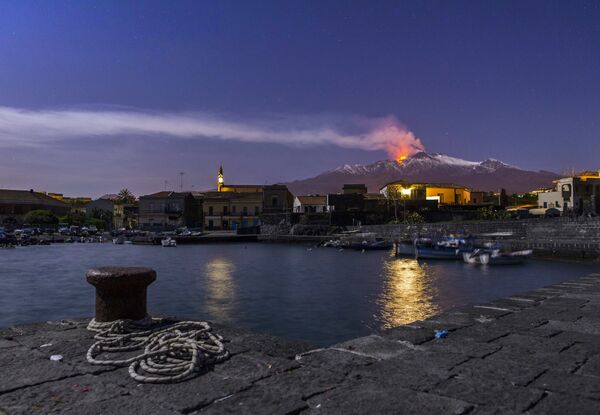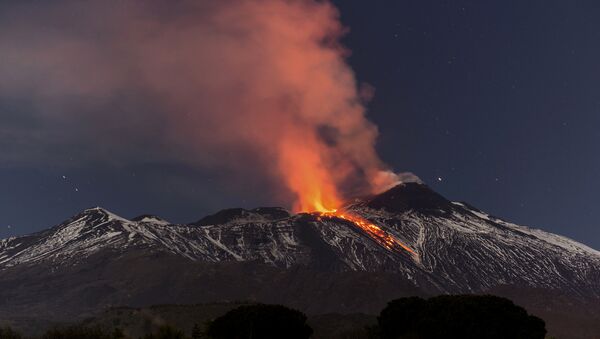Despite the complexity and uniqueness of every volcano’s structure, the researchers managed to come up with an idea of assessing volcanic activity using crystals that grow inside volcanoes. According to their study, if new magma arrives in tunnels 10 kilometers (6 miles) below Mount Etna’s surface, an eruption will occur within two weeks.
While geologists used to think that magma below volcanoes is located in a huge single reservoir, the research shows that the process is far more complicated and involves complex transport routes through which magma eventually moves towards the surface, exerting enormous pressure and triggering earthquakes.

It used to be impossible to know how much time it would take for an eruption to start, and the study reveals that volcanic crystals, called antecrysts, will help predict further eruptions. These minerals are said to grow layer by layer from early magmas thousands of years before the volcano actually erupts, recording changes in the surrounding magma.

Thanks to laser technology, the scientists were able to look into the antecrysts structure and determine chemical elements inside them. They created maps of those chemical elements inside the minerals, which can be used to create a 2D image and learn the history of the crystals.

“When old antecryst cores are transported to the surface by newly stirred magma, it generates a distinctive rim on the crystal. The challenge is to extract the meaning from these records.”
They used the technology on Etna’s crystals from the last forty years of its volcanic activity, and managed to determine the depth at which the antecrysts grow and found out that new magma had started flowing into the underground volcanic system in the 1970s. Indeed, it coincided with Etna’s more frequent eruptions and seismic activity in Sicily.
Mount Etna has a complex history and has been a hotspot of many devastating eruptions. In March 2017, Etna unexpectedly started spewing steam and lava high into the air after being inactive for more than a year. Europe’s largest active volcano injured at least 10 people on that occasion.
Many injured — some head injuries, burns, cuts and bruises. Volcanologist said most dangerous incident experience in his 30 year career (3)
— Rebecca Morelle (@BBCMorelle) 16 марта 2017 г.


